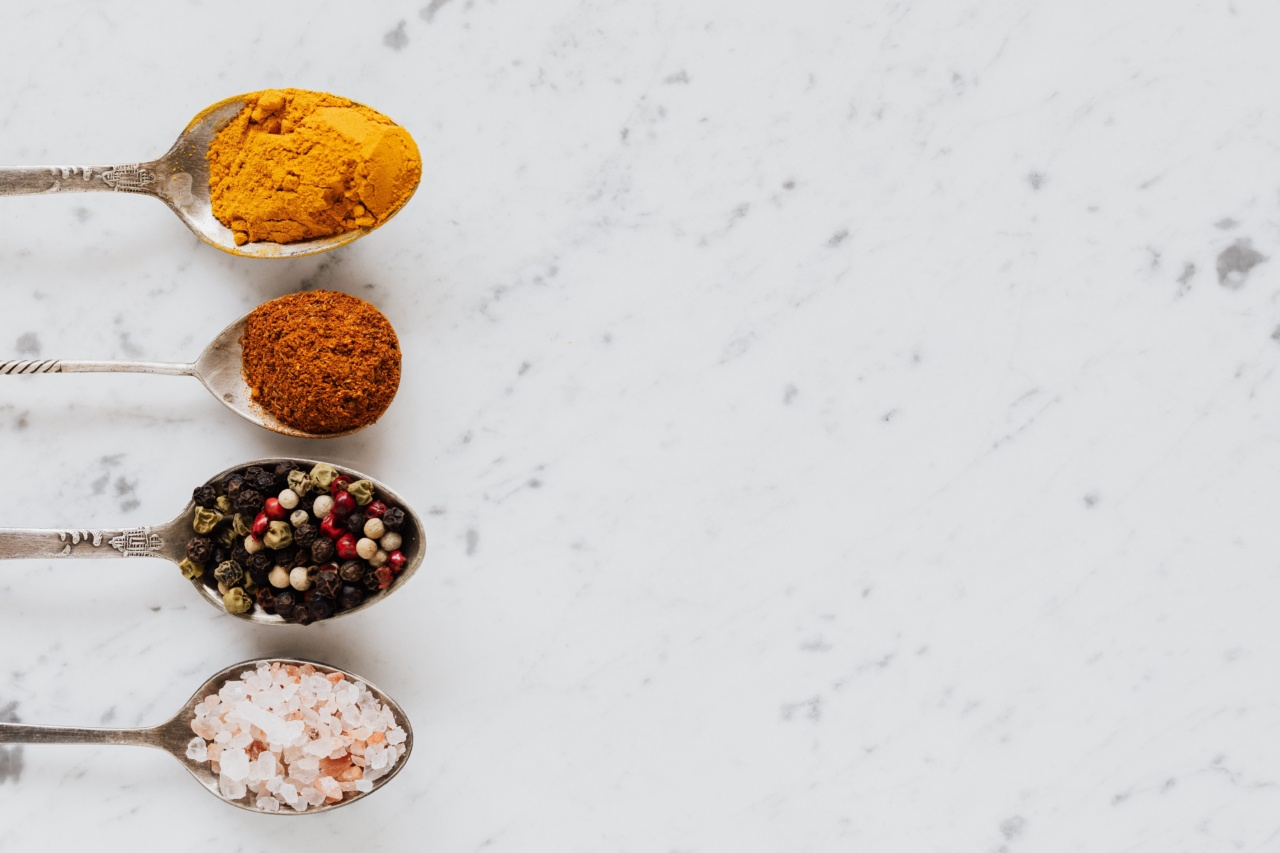For centuries, Himalayan salt has been cherished for its distinct pink hue and unique mineral composition.
Originating from the salt mines in the heart of the Himalayas, this ancient salt has gained popularity in recent years due to claims of its numerous health benefits. However, amidst the hype and marketing buzz, it is essential to separate fact from fiction in order to understand the truth behind Himalayan salt.
1. Origins of Himalayan Salt
Himalayan salt is extracted from the Khewra Salt Mine in Pakistan, located in the foothills of the Himalayas.
Believed to be formed over 250 million years ago, this salt is derived from ancient sea deposits that were subsequently buried under layers of rock. The unique geological conditions surrounding the Himalayas contribute to the distinctive properties and mineral content of this salt.
2. Composition of Himalayan Salt
Himalayan salt is primarily composed of sodium chloride, similar to table salt. However, it also contains trace minerals such as potassium, magnesium, calcium, iron, and zinc.
These minerals give Himalayan salt its characteristic pink color, as well as contribute to its alleged health benefits.
3. Health Claims
Advocates of Himalayan salt assert that it possesses a multitude of health benefits, including improved respiratory function, detoxification, and increased hydration.
One popular claim is that Himalayan salt lamps release negative ions, which can purify the air and improve overall well-being. While these claims may sound appealing, scientific evidence supporting these assertions is limited.
4. Respiratory Benefits
Proponents of Himalayan salt argue that inhaling salt-infused air can alleviate respiratory conditions such as asthma, allergies, and sinusitis.
This practice, known as halotherapy or salt therapy, involves spending time in salt caves or using salt inhalers. While some individuals may experience temporary relief from these treatments, the long-term effectiveness has not been thoroughly established.
5. Detoxification Properties
Another popular claim surrounding Himalayan salt is its ability to detoxify the body. It is believed that soaking in a Himalayan salt bath or using salt scrubs can draw out toxins through the skin.
However, the body already possesses efficient detoxification mechanisms, primarily through the liver and kidneys. While these treatments may provide relaxation and exfoliation benefits, their ability to remove toxins remains unproven.
6. Hydration Enhancement
Himalayan salt is often touted as a healthier alternative to table salt due to its mineral content, which is claimed to enhance hydration.
However, the amount of minerals in Himalayan salt is relatively small compared to the recommended daily intake of these nutrients. While consuming Himalayan salt in moderation can be part of a balanced diet, solely relying on it for hydration purposes may not be sufficient.
7. Sodium Content
It is important to note that Himalayan salt, like any other salt, still primarily consists of sodium chloride. Excessive sodium intake has been linked to various health issues, including high blood pressure and increased risk of heart disease.
Therefore, individuals should exercise caution and consume Himalayan salt in moderation, just like any other type of salt.
8. Culinary Uses
Beyond its potential health claims, Himalayan salt has gained popularity in the culinary world. Its unique flavor and delicate crystalline structure make it a desirable option for seasoning and finishing dishes.
However, it is crucial to remember that the primary purpose of salt in cooking is to enhance flavor, and any potential health benefits should be regarded with skepticism.
9. Salt Quality and Contamination
While Himalayan salt is generally considered to be of high quality, it is essential to ensure that it is sourced from reputable suppliers. Due to its increasing demand and popularity, counterfeit or contaminated Himalayan salt has flooded the market.
Checking for certifications and conducting thorough research can help ensure the authenticity and purity of the salt you choose to consume.
10. The Bottom Line
Himalayan salt, with its distinctive pink color and mineral content, undoubtedly adds visual appeal to dishes and has a unique taste. However, the health claims associated with this salt should be approached with caution.
While it can be a part of a balanced diet, relying on Himalayan salt as a cure-all or exclusive source of essential minerals may not be supported by scientific evidence.






























